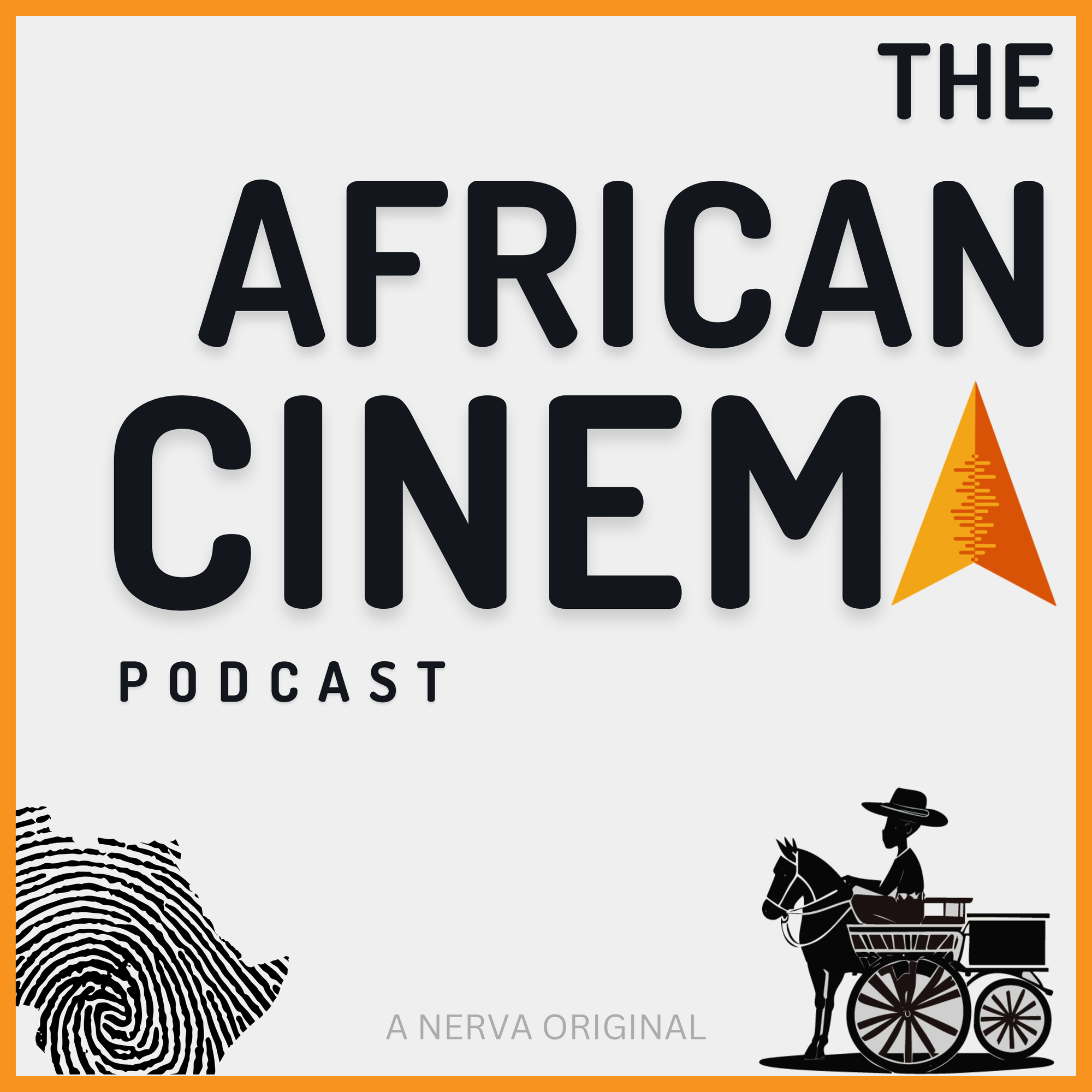Spotify | YouTube | Apple Podcasts
This week, we took an incredible journey through 30 years of South African cinema - from the end of apartheid in 1994 to today's digital streaming world. It's a story that shows how movies can change alongside a country finding its new identity.
The Big Picture: A Cinema Reborn
Imagine if you could only tell one type of story for decades, and then suddenly you were free to tell any story you wanted. That's what happened to South African filmmakers in 1994. Under apartheid, movies mostly showed white South African life, while ignoring or stereotyping the experiences of millions of Black South Africans.
When democracy arrived, everything changed. For the first time, filmmakers could explore stories in Zulu, Xhosa, and other African languages. They could tackle real issues like poverty, family struggles, and what it meant to build a new country together.
The Early Years: Finding Their Voice (1994-2004)
The first breakthrough came from an unexpected place. Paljas (1998), an Afrikaans film, showed white South Africans dealing with their changing world. But the real revolution happened when African languages took center stage in movies for the first time.
Think about it - 80% of South Africans speak African languages, but before 1994, these languages were barely heard in cinemas. Democracy changed that completely.
Global Success, Local Challenges (2004-2009)
Then came the films that shocked the world. Yesterday (2004), told entirely in Zulu, earned an Oscar nomination. Tsotsi (2005) actually won the Oscar for Best Foreign Film. Suddenly, South African stories were competing with Hollywood on the biggest stage.
But here's the strange part: these award-winning films struggled to find audiences back home in South Africa. People had been taught for so long that "good" movies came from Hollywood that they didn't trust their own stories. Breaking this mindset became as hard as making the films themselves.
The Science Fiction Surprise: District 9 (2009)
Everything changed with District 9. Director Neill Blomkamp created a science fiction blockbuster that used alien invasion as a way to talk about apartheid. Set in Cape Town, the film made over $200 million worldwide and proved that South African stories could work in any genre.
For the first time, South African audiences saw their country as the setting for a major international hit. This shifted how people thought about local cinema - maybe South African films could be just as exciting as Hollywood movies.
Behind the Scenes: Who Pays for These Movies?
Making movies costs money, and South African cinema depends on a unique mix of funding sources:
Government Support: The National Film and Video Foundation helps fund films in all languages, not just the ones that were favored under apartheid.
MultiChoice Revolution: This satellite TV company spends about 2.5 billion rand yearly on local movies and shows - more than the government! They've created training programs and streaming platforms that give filmmakers real career paths.
Netflix and Global Streaming: In 2021, Netflix partnered with South African institutions to fund six local films, giving them instant access to over 200 million viewers worldwide.
Recent Bold Storytelling: The Wound (2017)
Modern South African filmmakers aren't afraid to tackle controversial topics. The Wound explored traditional Xhosa rituals and homosexuality - subjects many considered off-limits. Some cinemas cancelled screenings, but the film gained international praise and found audiences through streaming.
This pattern - local controversy, global recognition, digital distribution - shows how filmmakers today can reach audiences even when traditional cinemas won't show their work.
The Digital Revolution: Changing Everything
Digital technology has transformed South African cinema in three major ways:
- Easier Filmmaking: Young directors can now make professional-quality films with laptops and digital cameras instead of expensive equipment.
- New Distribution: Streaming platforms mean films don't need to succeed in theaters during their first weekend. They can build audiences slowly over time.
- Global Reach: South African films can now reach viewers in New York, London, or Lagos just as easily as in Johannesburg.
Major Players: How Institutions Adapted
SABC: The state broadcaster went from being apartheid's voice to supporting all 11 official languages, training many of today's top filmmakers.
Ster-Kinekor: The main cinema chain expanded into townships to reach previously excluded audiences, though COVID-19 forced major changes.
MultiChoice: Evolved from a small subscriber service to Africa's biggest content creator, now competing with global giants like Netflix.
Looking Forward: Challenges and Opportunities
South African cinema has achieved remarkable things - world-class infrastructure, international recognition, and diverse storytelling. But challenges remain:
- Local audiences still prefer Hollywood films
- Most productions need government funding to survive
- Successful filmmakers often move to Hollywood
However, digital streaming creates new possibilities. Recent films like Seriously Single show how local authenticity can appeal to both South African and international audiences.
The Bigger Story
The transformation of South African cinema mirrors the country's democratic journey. What started as liberation from apartheid's restrictions has become a mature industry that competes globally while maintaining its unique voice.
Today's South African filmmakers tell stories in any language, explore any theme, and reach audiences worldwide. From propaganda tool to diverse, internationally competitive industry - the change has been remarkable.
The next chapter promises to be equally exciting as new voices, technologies, and opportunities continue emerging.
Subscribe to receive episode notifications, exclusive content, and in-depth analysis of global cinema movements.
Follow us on LinkedIn to join the conversation!
Buy Me a Coffee: Support our podcast - Every contribution helps us maintain our research standards and production quality while keeping our content freely accessible to all listeners.

